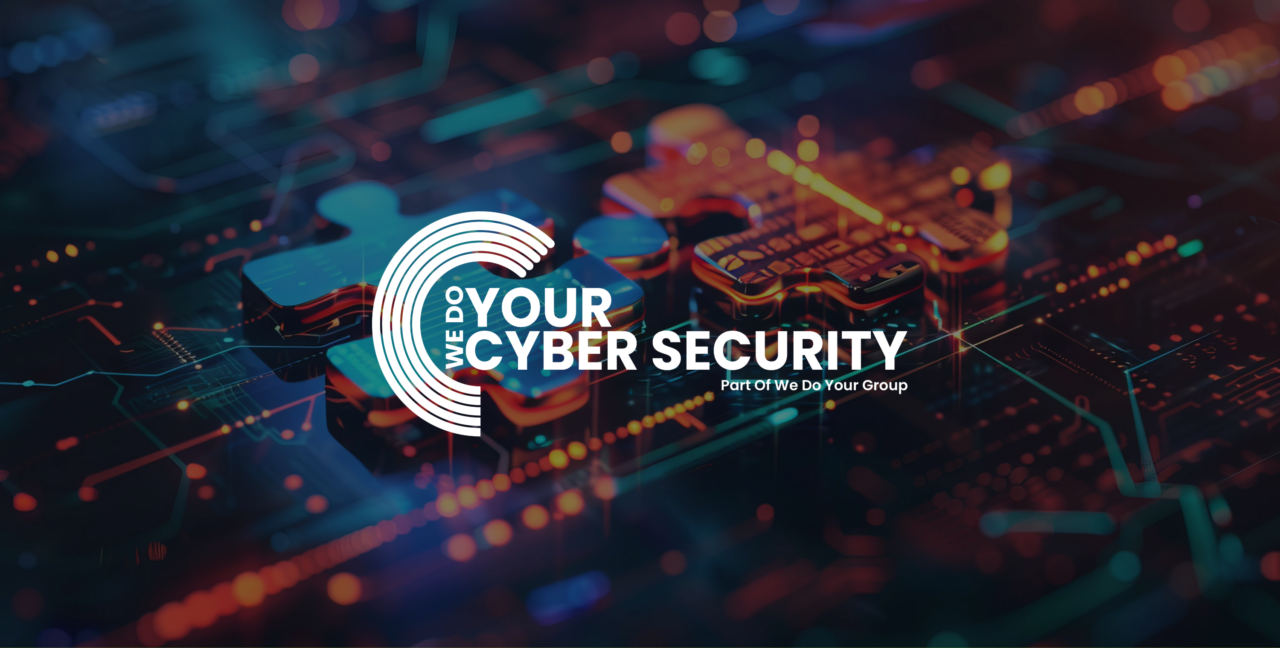

The proliferation of Shadow SaaS—software as a service application used without formal approval from IT departments—presents significant hidden dangers to organisations. These unregulated tools often lack secure SaaS measures, bypassing rigorous security protocols like data encryption designed to protect sensitive data, which leads to an increased risk of data loss, lack of visibility, and data breaches. Employees, driven by the convenience and capabilities of these SaaS applications, frequently adopt them without understanding the potential cyber threats. The disparity between employee confidence in these tools and the organisation’s preparedness to manage associated risks underscores the importance of SaaS security. To mitigate these dangers, implementing enhanced monitoring, educating employees on the risks, developing robust IT policies, and encouraging the use of approved secure SaaS alternatives are crucial steps that can help secure a business’s data and maintain its integrity.
The rapid adoption of artificial intelligence tools within companies has led to the emergence of ‘Shadow AI’—AI systems and applications deployed without the knowledge or approval of IT departments. These unauthorised implementations pose significant security risks to businesses, mirroring the challenges seen with Shadow SaaS. The use of unvetted AI solutions often bypasses essential security protocols, such as API security and multi-factor authentication, which are vital for protecting sensitive data. Consequently, businesses face an increased risk of security breaches, where confidential information can be exposed or misused, leading to substantial financial and reputational damage. Furthermore, the lack of visibility and control over these AI tools hampers an organisation’s ability to effectively respond to security incidents. Addressing these issues requires a multi-faceted approach, including heightened monitoring techniques, comprehensive employee training on the risks of unauthorised AI use, and the development of robust SaaS security best practices to ensure only approved SaaS solutions from trusted SaaS providers are utilised. By implementing these strategies, businesses can regain control and significantly reduce the potential for security breaches instigated by Shadow AI.
The divide between employee usage of shadow technologies and the organisation’s awareness and preparedness to manage these risks highlights a severe communication gap that needs to be addressed urgently. Employees, often driven by the efficiency and capabilities of Shadow SaaS apps and AI tools, integrate these unverified solutions into their workflows without considering the potential security risk. This unregulated adoption bypasses critical security checks, increasing the risk of data breaches, data loss, and a lack of visibility into IT operations. Organisations, on the other hand, frequently underestimate the prevalence and impact of these shadow technologies. Bridging this gap requires a proactive strategy that involves educating employees about the risks, implementing stringent security practices, promoting approved tools, and enhancing monitoring mechanisms. By aligning employee practices with organisational security protocols, saas providers can offer robust saas security solutions to tackle saas security challenges. This ensures that sensitive data is protected and strengthens the overall security posture.
The unchecked spread of Shadow SaaS and AI within organisations brings forth three primary security concerns: data loss, lack of visibility, and breaches. Data loss occurs when sensitive information is mishandled or inadvertently exposed due to the absence of proper data encryption protocols in unauthorised SaaS applications. This lack of oversight extends to visibility, where IT departments struggle to monitor and control the flow of data within shadow tools, making it difficult to identify potential security threats. As a result, these vulnerabilities make organisations highly susceptible to security breaches. Implementing a robust SaaS security solution is crucial to maintain security harmony across all SaaS applications. Addressing these issues requires a comprehensive approach, including stringent IT policies, regular audits, employee training, and the promotion of vetted software solutions to ensure the safeguarding of sensitive data and the mitigation of security risks.
Many employees frequently overestimate the security of unauthorised tools like Shadow SaaS and Shadow AI, leading to a dangerous gap between confidence and reality. This misplaced trust is often rooted in the tools’ perceived efficiency and user-friendly nature, causing employees to integrate them into their daily workflow without considering the potential cyber threats. While these unvetted SaaS applications might seem harmless and beneficial, they often bypass essential IT protocols designed to protect sensitive information. This results in significant vulnerabilities such as data breaches, data loss, and a lack of oversight, making them highly vulnerable to security breaches. To bridge this gap and achieve SaaS security harmony, it is crucial for organisations to educate their employees on the real risks associated with unauthorised tools, enforce stringent IT policies, and provide approved, secure alternatives. Additionally, ensuring regulatory compliance and proper API access controls are vital aspects of a robust security strategy. Only through comprehensive education, policy enforcement, and adherence to best security practices can businesses align employee confidence with the actual security measures in place, thereby safeguarding their data and strengthening their overall security posture with their SaaS provider.
The real cost of data breaches stemming from unauthorised SaaS apps and AI tools extends far beyond mere financial losses. When sensitive information is compromised due to the use of unapproved technology, organisations face significant repercussions, including hefty regulatory fines and compensatory payments to affected parties. Beyond monetary damages, there is often a severe loss of client trust and reputational harm that can take years to rebuild. Implementing a comprehensive SaaS security solution and ensuring security harmony SaaS can mitigate these risks. Properly configured data encryption is essential to safeguard against cyber threats and protect organisational integrity. Moreover, addressing such breaches requires significant time and resources, from forensic investigations to system overhauls and legal consultations, which can cripple operational efficiency. These breaches also expose vulnerabilities within an organisation’s security framework, inviting further attacks and undermining employee morale. Therefore, the true cost of these data breaches is multidimensional, affecting financial stability, reputation, operational functionality, and overall organisational security. Deploying robust SaaS solutions is imperative for maintaining a secure environment.
To effectively mitigate the risks posed by Shadow SaaS and AI, organisations must adopt a multi-layered strategic approach. Firstly, establishing and enforcing stringent IT policies is crucial. These policies should clearly dictate the use of authorised SaaS applications and outline the ramifications of using unapproved solutions. Regular audits and continuous monitoring can help in detecting unauthorised SaaS applications and tracking their usage. Additionally, comprehensive employee training programs are essential to raise awareness about the hidden dangers of Shadow SaaS and AI. Such training should emphasise the importance of adhering to organisational security protocols and the potential consequences of data breaches on data security and network security. Furthermore, promoting the use of vetted and secure SaaS providers can reduce the allure of unauthorised tools, ensuring that employees have access to effective, secure options. Implementing robust access controls and facilitating single sign-on (SSO) can further enhance the security of the SaaS environment. By incorporating these strategies, organisations can safeguard their data, maintain operational efficiency, and reinforce their security posture against the growing threats of Shadow SaaS and AI.
Effectively protecting against the cyber threats posed by shadow technologies—unauthorised SaaS and AI tools—requires a multifaceted strategy centred on monitoring, education, and robust policies. Continuous monitoring plays a vital role in identifying and understanding the extent of shadow technology utilisation within an organisation. This vigilance allows IT departments and SaaS providers to detect any unauthorised tools quickly and assess potential threats. Concurrently, educating employees about the inherent risks associated with shadow technologies is crucial. By fostering a culture of awareness and responsibility, organisations can empower their staff to make informed decisions regarding the tools they use. This educational effort should be complemented by the implementation and strict enforcement of robust IT policies that clearly delineate acceptable technology practices, including the use of multi-factor authentication, and outline the repercussions for non-compliance. Ensuring regulatory compliance and focusing on SaaS security are essential components of these policies. Together, these strategies form a cohesive defence against the security risks posed by shadow technologies, supporting a secure, efficient, and compliant organisational environment.
Regular audits are a linchpin in maintaining a robust security posture against the evolving threats posed by Shadow SaaS and AI. These audits enable SaaS providers to continuously evaluate their security frameworks, ensuring that unauthorised SaaS applications are swiftly identified and addressed. By systematically reviewing and monitoring SaaS platforms, companies can uncover potential vulnerabilities and non-compliant behaviors before they escalate into critical security issues. Audits also provide insights into the patterns of Shadow SaaS and AI usage, allowing for more targeted training and policy adjustments. Ensuring user access is properly configured further strengthens the security measures. Through consistent and thorough auditing processes, organisations can stay ahead of the curve, adapting their security measures to meet the ever-changing landscape of technological threats and ensuring the protection of their sensitive information.

This website uses cookies to improve your experience. Choose what you're happy with.
Required for the site to function and can't be switched off.
Help us improve the website. Turn on if you agree.
Used for ads and personalisation. Turn on if you agree.
This website uses cookies to improve your experience. Choose what you're happy with.
Required for the site to function and can't be switched off.
Help us improve the website. Turn on if you agree.
Used for ads and personalisation. Turn on if you agree.